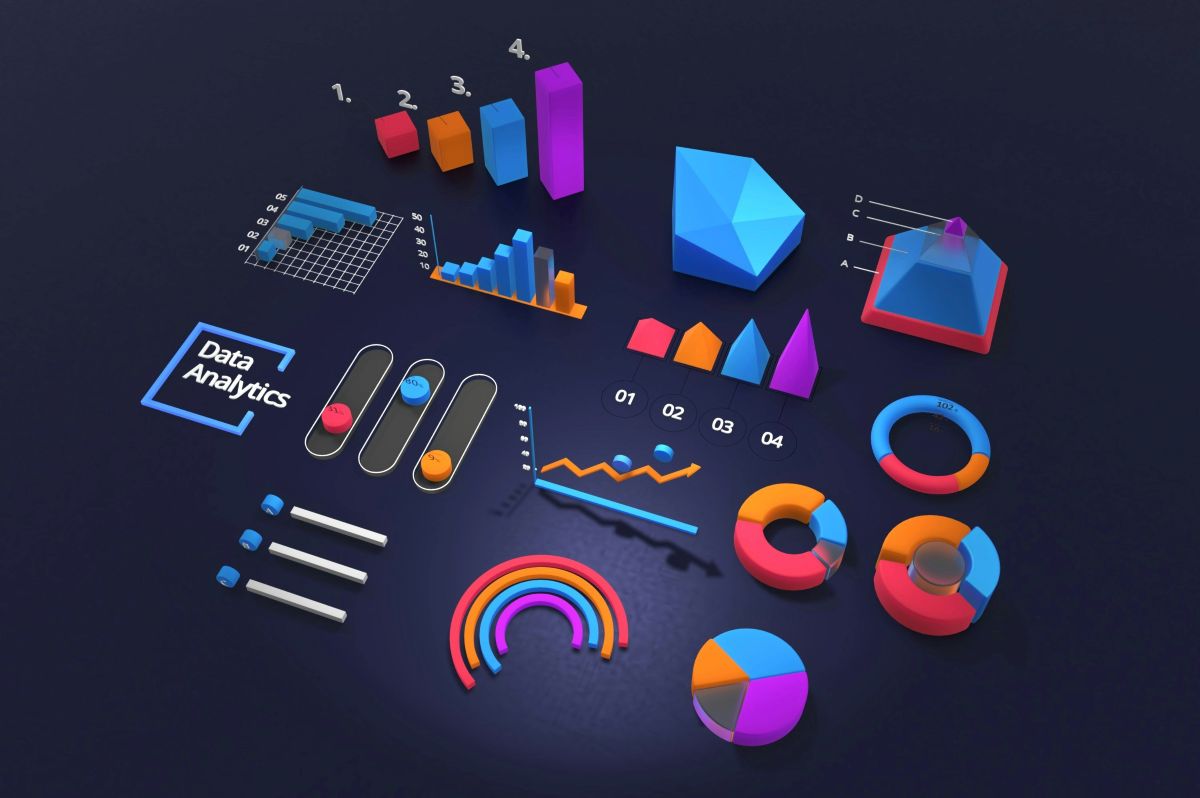Fostering Collaboration Between Data Science and Business Teams
In today’s data-driven business landscape, collaboration between data science and business teams is essential to achieving strategic goals and making informed decisions. As organizations increasingly rely on data to guide their operations, aligning data scientists with business professionals has become a top priority. The integration of data-driven insights with business objectives can unlock new opportunities, streamline processes, and enhance innovation. However, fostering such collaboration requires a conscious effort to break down silos and align the different mindsets, languages, and goals of the two groups.
Despite the growing recognition of the need for collaboration, challenges remain. Data scientists are typically focused on developing algorithms, analyzing trends, and modeling complex data, while business teams are often concerned with meeting customer needs, driving sales, and improving operational efficiency. These distinct focuses can lead to miscommunication or lack of alignment. To bridge the gap and ensure smooth collaboration, it’s essential to create environments where both teams can work together effectively, leveraging each other's expertise and strengths.
1. Align Goals and Objectives Early On
Collaboration starts with clear alignment between data science and business teams. Ensuring that both teams are working toward the same end goals allows them to pool their resources and knowledge effectively. Early in any project, it is crucial to establish shared objectives that link data science efforts with business priorities. This alignment prevents misunderstandings and ensures that the work done by the data team is relevant and valuable to the business team.
Data science projects often require significant time and resources. Therefore, understanding the business’s key performance indicators (KPIs) and aligning them with the data-driven insights is crucial for ensuring that efforts are not wasted. For example, if the business team is focused on increasing customer retention, the data team should focus on identifying predictive models for churn analysis or customer segmentation. Regular check-ins and transparent communication channels are key to ensuring that the project remains aligned as both teams move forward.
2. Encourage Cross-Functional Communication
Data science and business teams often speak different languages—data scientists are accustomed to using technical jargon, while business teams focus on practical, operational terms. To foster collaboration, it’s important to encourage cross-functional communication that bridges this gap. This means promoting an understanding of the basic concepts behind data science for business professionals and helping data scientists grasp the practical challenges faced by the business.
One effective way to facilitate communication is through regular meetings where both teams can discuss project updates, challenges, and insights in a way that is accessible to both groups. For instance, organizing monthly or quarterly collaboration sessions can provide a platform for both sides to present their progress and discuss how the data science models are driving business value. It’s also helpful to establish a shared vocabulary that simplifies complex concepts and ensures that everyone is on the same page.
3. Incorporate Business Context into Data Science Projects
Another key aspect of fostering collaboration is ensuring that data science projects are driven by business context. It’s not enough for data scientists to simply build models and algorithms; they must understand the business context in which their work will be applied. By embedding business experts in data science projects, teams can ensure that the data models are not only accurate but also practically applicable.
For example, when developing predictive models for inventory management, understanding the supply chain logistics, seasonality, and customer demand is crucial. Business teams should provide insights into these factors so data scientists can adjust their models accordingly. Similarly, involving business stakeholders early in the data collection process can help ensure that the data being collected is relevant and useful for business decision-making.
4. Promote a Culture of Data-Driven Decision Making
One of the most significant barriers to collaboration between data science and business teams is the lack of a data-driven culture within the organization. In some cases, business teams may be hesitant to rely on data-driven insights, either due to lack of understanding or because they are used to making decisions based on experience or intuition. Fostering a data-driven culture means encouraging business teams to trust and act upon the insights provided by data scientists.
This can be achieved by offering training and support to business teams, making data more accessible, and showcasing the value of data-driven decision-making in real-world scenarios. When business leaders see how data science can improve key business metrics, they are more likely to embrace it. Additionally, involving data scientists in business strategy sessions can help integrate data insights into the decision-making process and make it clear that data science is a strategic asset.
5. Create Opportunities for Collaborative Learning and Development
Collaboration can also be fostered through continuous learning opportunities that bring both teams together. This could include joint workshops, training programs, or hackathons where data scientists and business professionals can collaborate on real-world problems. Creating these opportunities for collaborative learning helps both teams build mutual respect for each other’s expertise and fosters a deeper understanding of how data science and business can work together.
By bringing the teams together in a learning environment, they can build trust and develop better solutions together. For example, a company might organize a workshop on machine learning applications in marketing, where both data scientists and marketing professionals collaborate on creating data-driven strategies. These kinds of initiatives not only help foster collaboration but also enhance the skill set of both teams, leading to more effective and innovative outcomes.
Find a Future in Data Science
In conclusion, fostering collaboration between data science and business teams is essential for driving innovation, improving decision-making, and delivering business results. By aligning goals, encouraging cross-functional communication, embedding business context into data science projects, promoting a data-driven culture, and creating collaborative learning opportunities, organizations can bridge the gap between these two critical functions. When data scientists and business professionals work together seamlessly, they can unlock the full potential of data to drive strategic business outcomes.
WorkForce Institute offers an accelerated data science leadership program that can help industry leaders upskill or reskill their teams in modern data science best practices. Whether you're looking to enhance collaboration within your organization or elevate your career in data science leadership, WorkForce Institute provides the expertise and tools needed to succeed in today’s data-driven business world.


